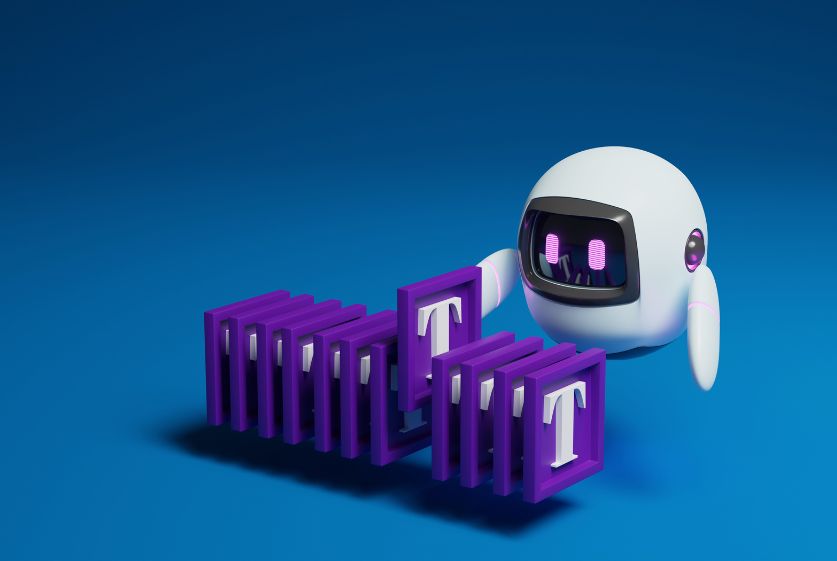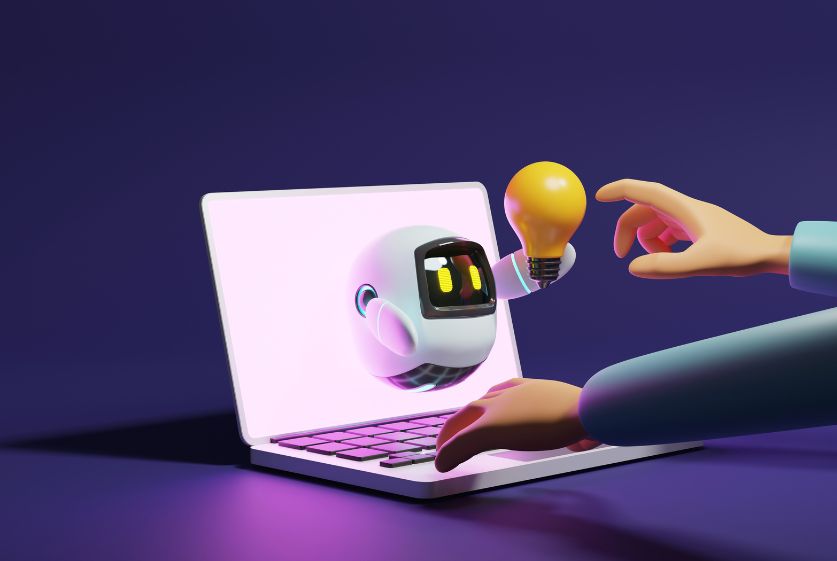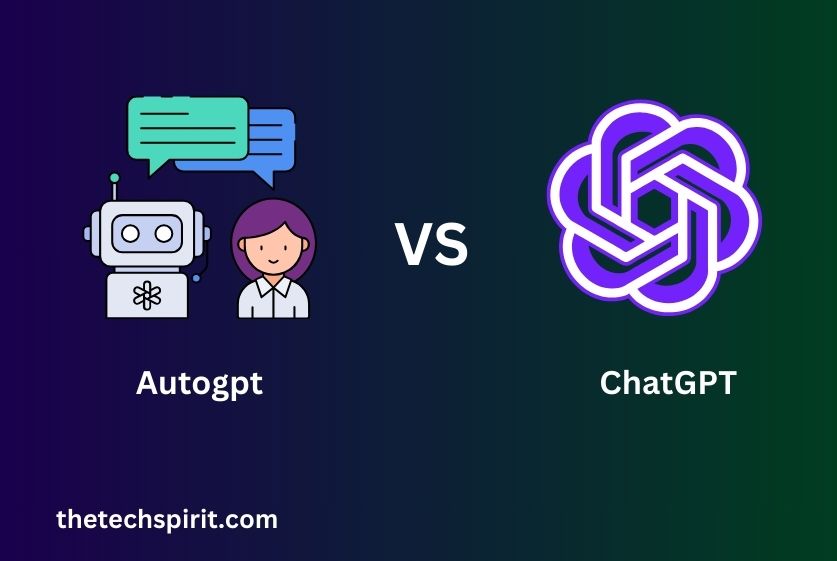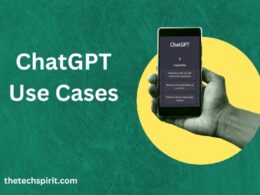Table of Contents
In recent years, conversational artificial intelligence (AI) tools like ChatGPT have exploded in popularity. A bold newcomer called Autogpt is emerging as an alternative, boasting upgrades in key areas. But
How exactly do Autogpt and ChatGPT compare?
Which is better suited for different needs? This comprehensive guide examines the key differences, use cases, future outlook, and criteria to help you decide.
Overview of Autogpt vs ChatGPT
Before diving into the details, let’s quickly introduce both platforms.
What is Autogpt?
Autogpt is a new generative AI system created by Anthropic, the makers of the blockchain platform Constitutional AI. It builds on Clara, their previous limited-release conversational AI tool.
Touted as more safe, honest, and helpful than alternatives, Autogpt aims to provide informative, harmless dialogue. It relies on self-supervision techniques with alignment approaches like Constitutional AI to better handle potential harms.
What is ChatGPT?
Since its November 2022 release, ChatGPT from OpenAI has exploded. Its highly conversational experience allows users to chat about virtually anything through a text-based interface.
Trained on vast datasets, it can answer questions, generate content, and even admit gaps in its knowledge. Simple yet powerful, it propelled conversational AI into the mainstream.
Key Differences
Digging deeper, Autogpt and ChatGPT have some notable differences under the hood influencing functionality.
Language Model and Training Data
Autogpt leverages a custom model architecture nearing 200 billion parameters. Rigorously evaluated for alignment, it aims to avoid misleading, false, dangerous, or biased outputs.

Comparatively, the initially launched ChatGPT relies on GPT-3.5 architecture with just 7.5 billion parameters. It forgoes Constitutional AI principles, though later upgraded Generative Instruct few-shot learning may improve alignment.
Regarding data, Autogpt has only been trained on 163 million parameter human conversations. ChatGPT pulls from vast troves of internet data, potentially propagating more issues.
Features and Capabilities
In terms of sheer versatility, ChatGPT currently supports more features. Like acting, translations, resolving disagreements, admitting mistakes, and rejecting inappropriate requests.
Designed with safety as the priority, Autogpt intentionally offers a more focused set of capabilities. But it notably improves on Memory, Recall, and Reasoning compared to predecessors.
Accuracy and Knowledge
When it comes to factual accuracy and breadth of knowledge, independent testing gives Autogpt high marks. With stringent data practices and alignment methods, incorrect or false outputs seem less common so far.
ChatGPT struggles more with accuracy issues. As an entertainment service without hard alignment strategies, flubs are frequent. It may hallucinate, display bias, or give dangerous advice requiring abundant caution.
Use Cases and Applications
Given their distinct approaches, Autogpt and ChatGPT each shine in different scenarios.

Autogpt’s Strengths and Best Applications
Thanks to a rigorous focus on safety, Autogpt delivers trustworthy assistant-style conversations. It excels at everyday utility use cases like:
- Accurate information lookup across broad topics
- Writing assistance like proofreading papers
- Math and coding help for homework or work projects
- Administrative or analytical support for business roles
ChatGPT’s Strengths and Best Applications
Alternatively, ChatGPT offers cutting-edge entertainment dialogue. It tackles creative tasks like:
- Conversational games and acting like Dungeons & Dragons
- Fiction writing with compelling prompts and continuations
- Humorous chat with a witty personality
- Whimsical content generation like songs or code
But stick to low-risk uses given higher inaccuracy risks.
The Future of Conversational AI
Both Autogpt and ChatGPT remain in the early stages, though bold strides in natural language progress continue.

How Autogpt and ChatGPT May Evolve
Autogpt seems poised to further improve capabilities while upholding safety. Expanding memory, reasoning complexity, domain breadth, and responsiveness appear likely.
ChatGPT will also keep rapidly advancing features. But true improvements around alignment may require fully rearchitecting models using techniques like Constitutional AI.
The Outlook for Accessibility and Adoption
Initially, exclusive services cost ~$20 per user monthly, and wider release plans for Autogpt and ChatGPT aim to drive adoption. Autogpt may offer lower pricing to spur safe proliferation.
If trends continue, they could become as ubiquitous and transformational as smartphones. However societal integration challenges around ethics and implications will need solutions.
Which Is Better for You?
When deciding if Autogpt or ChatGPT better fits your needs, a few key criteria matter most.
Criteria to Consider
Look at aspects like:
- Safety requirements for your use cases
- Access to advanced features that aid goals
- Accuracy and truthfulness standards
- Affordability constraints of individuals or teams
Recommendations
If you highly value safety and accuracy like in medicine, finance, or education, Autogpt excels. For creative entertainment that permits inaccuracies like gaming or fiction, ChatGPT delivers.
Evaluate tradeoffs like breadth of features versus precision or risk factors based on how conversational AI integrates with your purposes. Define key priorities, then choose the system aligning best.
Conclusion
In the rapidly evolving landscape of conversational AI, Autogpt vs ChatGPT showcases two distinct approaches. Autogpt favors smaller, safer models while ChatGPT leverages internet-scale data for expansive capabilities.
There’s no universally “best” solution yet each system serves different priorities. But Autogpt marks a major leap forward for alignment techniques that could chart the future course. Both tools will likely become widely used digital assistants enhancing our lives with further progress.
Pay attention to their unique strengths and roadmaps when evaluating where conversational AI can aid your goals.
FAQs
Is Autogpt more accurate than ChatGPT?
Yes, in independent testing so far, Autogpt offers noticeably greater accuracy thanks to its Constitutional AI alignment methods and more controlled training data.
Can Autogpt perform advanced capabilities like translations?
Not yet – ChatGPT currently supports more versatile features and use cases. But Autogpt focuses on core assistance abilities and safeguarding accuracy most. Expanded skills likely coming.
Is Autogpt designed to be harmless? How does it avoid risks?
Safety is the top priority for Autogpt, guiding its custom architecture and training processes to prevent harm. Techniques like uncertainty detection, self-supervision, and human preferences alignment help avoid dangers.
Is ChatGPT unsafe to use?
ChatGPT offers minimal safety controls given its purely entertainment purpose. Without strategies like Constitutional AI, it carries higher risks around false information, biases, errors, or manipulation. Use with caution.
What is the best conversational AI for business settings?
For most business contexts emphasizing accuracy like analytics, operations, research, or advising clients, Autogpt presents the safer choice. ChatGPT’s higher inconsistency poses risks in accuracy-dependent fields.









